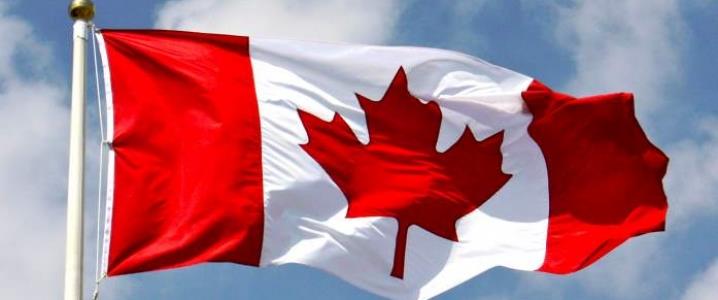
Canadian Oil Asks For More Subsidies Despite Soaring Profits
The Canadian oil sands are having a hell of a year. Canada's largest oil and gas producer, Canadian Natural Resources Ltd. (TSX:CNQ), more than doubled its profits year-on-year in the first quarter of 2022. CNRL is now the fourth most valuable publicly traded oil and gas producer in North America, an incredible feat considering that just a year and a half ago, it was in question whether or not the oil sands would survive at all, thanks to increased scrutiny of the sector's mega-dirty crude bitumen and rising costs of operations.
The sudden boom in the oil sands' profits and the sector's overall economic viability are all thanks to the current global energy crisis and subsequent skyrocketing oil prices. As part of the continuing economic fallout from the novel coronavirus pandemic, global energy demand has bounced back far faster than global energy supply chains, causing a deficit in fuel and energy sources worldwide. This energy crisis was greatly exacerbated by the Russian war in Ukraine, which resulted in energy sanctions on the Kremlin, the world's largest exporter of oil and petroleum products.
In the wake of these compounding crises, energy prices are through the roof. While consumers are being hit hard at the pumps and the thermostat, however, the rising oil prices have been a saving grace for oil and gas companies who were staring down the barrel of bottomed out prices, peak oil demand, and increased pressure to decarbonize just a year ago. This windfall will likely be temporary, however, and while the world is currently experiencing a fossil fuel renaissance, the longer-term existential threat posed by climate change hasn't gone anywhere.
As a consequence, at the very same time that the Canadian oil sands are experiencing record profits, they are asking for more government subsidies for carbon capture. The Canadian annual budget has proposed to grant a 50% tax credit to Canadian oil and gas companies until 2030 in exchange for investing in carbon capture, utilization, and storage (CCUS) projects. It is projected that these subsidies will cost the Canadian federal government $2.6 billion CAD in the first five years alone, adding up to a whopping $8.6 billion by the 2030 cutoff. oil sands officials, however, are saying that this is not enough.
While this seems ironic and even irresponsible on the surface, it could be argued that the current profit margins in the oil sands are a fluke, and that the sector will continue what some say is its terminal decline in the coming years, thereby needing a little extra support from the government to clean up their production. On the other hand, these subsidies may allow producers to reinvest in harmful practices while investing the bare minimum into carbon capture. What's more, carbon capture is seen by many environmentalists as a greenwashing tactic that encourages further extraction when what they believe the world really needs is to keep it in the ground.
In fact, a bombshell report released last year revealed that a massive carbon capture plant built in Canada by oil supermajor Shell plc actually emits“far more” carbon than it stores. The investigation, carried out by watchdog group Global Witness, found that“while 5 million tons of carbon dioxide had been prevented from escaping into the atmosphere at the plant since 2015, it also released 7.5 million metric tons of greenhouse gases over the same period” – equivalent to the carbon footprint of 1.2 million gasoline-powered cars. These numbers also suggest that at the time the Quest plant was capturing less than half of carbon emissions, while Shell had promised that their CCUS projects would capture 90% of emissions. In response, a spokesperson from Shell told CNBC that“the Quest facility was designed to capture around a third of carbon dioxide emissions,” a defense offering little to those concerned about the company's carbon footprint.
Another report from Environmental Defence Canada, released in March of this year, finds that the estimated $5.8 billion CAD in subsidies that were given to oil and gas companies in Canada have“resulted in a yearly capture rate of less than four million tonnes of CO2 – about 0.05% of Canada's emissions.” Painted in one light, this suggests that large-scale carbon capture efforts will indeed cost much, much more than Prime Minister Justin Trudeau is currently promising. But it seems that the more credible argument is that carbon capture simply isn't the right tactic for reducing Oil Sands emissions.
By Haley Zaremba for Oilprice.com

Legal Disclaimer:
MENAFN provides the
information “as is” without warranty of any kind. We do not accept
any responsibility or liability for the accuracy, content, images,
videos, licenses, completeness, legality, or reliability of the information
contained in this article. If you have any complaints or copyright
issues related to this article, kindly contact the provider above.


















Comments
No comment